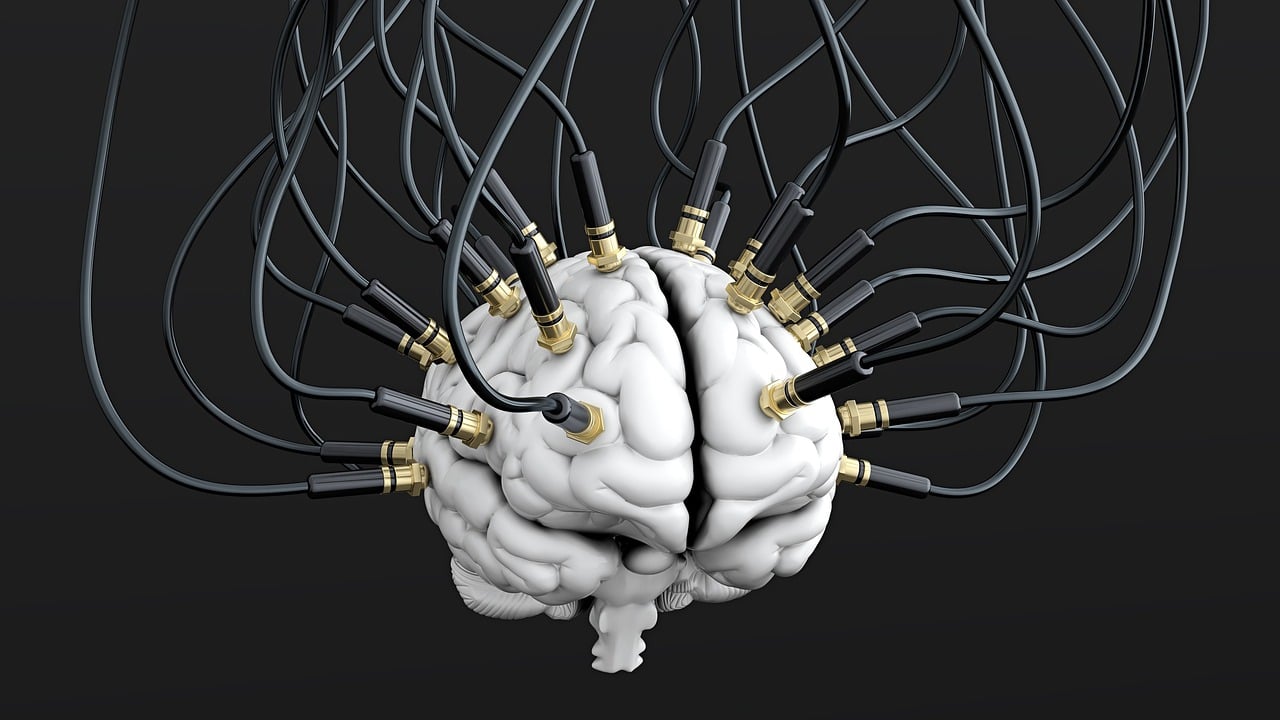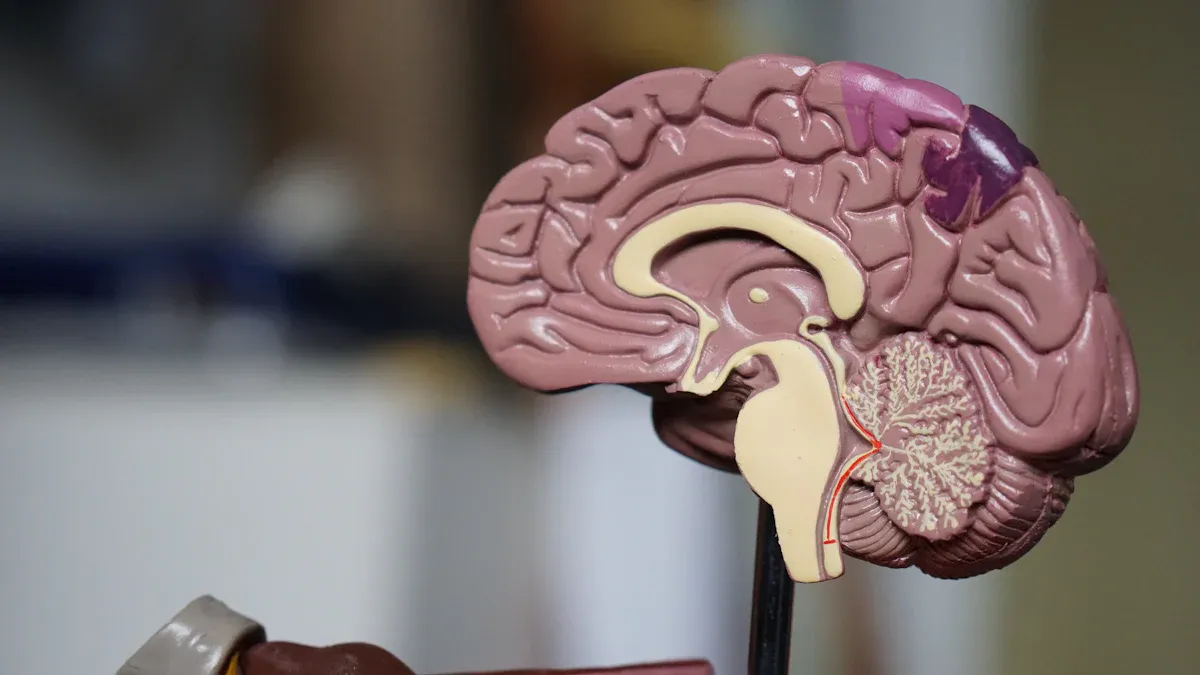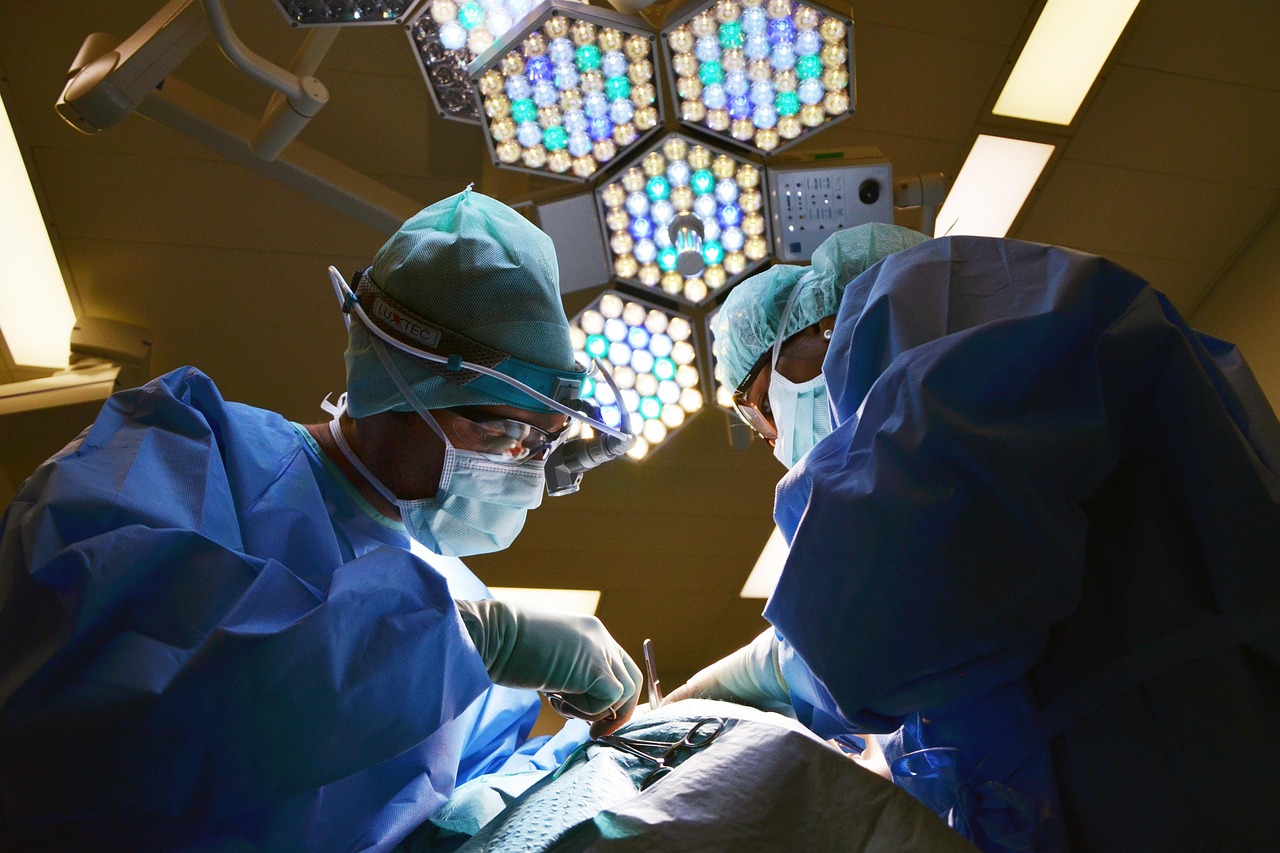Understanding Craniopharyngioma and Its Key Characteristics

Craniopharyngioma is a rare, non-cancerous tumor that develops in the brain. It typically forms near the pituitary gland and hypothalamus, two critical areas responsible for regulating hormones and essential body functions. Although benign, this tumor can cause significant health challenges by pressing on nearby structures.
Each year, craniopharyngiomas make up about 1-3% of all primary brain tumors. They affect both children and adults, with a noticeable age distribution. Children aged 5 to 14 years and adults between 50 and 74 years are most commonly diagnosed. These tumors can disrupt growth, vision, and hormonal balance, making early recognition vital.
Key Takeaways
Craniopharyngioma is a rare, non-cancerous brain growth. It can affect hormones and cause health problems.
Finding it early is very important. Signs like headaches, blurry vision, or hormone issues need quick doctor visits.
Treatment includes surgery, radiation, and hormone medicine. These help control symptoms and make life better.
Support groups, online chats, and mentors can help patients and families handle challenges.
Regular check-ups are needed to avoid problems and manage the condition well.
What Is Craniopharyngioma?

Overview
Definition and Classification
Craniopharyngioma is a rare, benign brain tumor that develops near the pituitary gland. Despite being non-cancerous, it can behave aggressively by invading nearby structures. These tumors are classified as grade I lesions, meaning they grow slowly but can still cause significant health issues. Two main types exist: adamantinomatous, which is more common in children, and papillary, typically found in adults. Each type has unique characteristics that influence treatment and prognosis.
Craniopharyngiomas do not spread to other parts of the brain or body. However, their location near critical areas like the hypothalamus and pituitary gland makes them challenging to manage. Treatment often involves surgery, sometimes combined with radiation therapy, to remove or shrink the tumor.
Common Demographics and Age Groups
This condition affects two primary age groups. Children aged 5 to 14 years often experience symptoms related to growth and development. Adults between 50 and 74 years may face hormonal imbalances and vision problems. Understanding these age patterns can help you recognize potential signs early and seek timely medical advice.
Why It Matters
Impact on Brain Structures
Craniopharyngiomas grow near the pituitary gland and hypothalamus, two areas that regulate essential body functions. As the tumor enlarges, it can press on surrounding nerves and tissues. This pressure may disrupt hormone production, leading to imbalances in growth hormone, thyroid-stimulating hormone (TSH), and others. You might notice symptoms like headaches, vision problems, or fatigue due to these disruptions.
Potential Complications
If left untreated, craniopharyngiomas can lead to severe complications. Hormonal imbalances may cause growth failure, obesity, or sexual dysfunction. Neurological issues like memory loss, balance problems, and seizures can also occur. Additionally, visual impairments and psychosocial challenges, such as depression or anxiety, may develop. Early diagnosis and treatment are crucial to prevent these long-term effects and improve your quality of life.
Symptoms and Causes of Craniopharyngioma
Symptoms
Headaches and Vision Issues
Headaches are one of the most common symptoms of craniopharyngioma. These headaches often result from increased pressure inside your skull caused by the tumor. You may also experience vision problems, such as blurred vision, double vision, or even loss of peripheral vision. These occur when the tumor presses on the optic nerves, which are located near the pituitary gland.
Symptom | Prevalence Rate (%) |
|---|---|
Headache | |
Visual Disturbances | 37–68 |
Hormonal Imbalances
Craniopharyngiomas can disrupt the function of your pituitary gland and hypothalamus, leading to hormonal imbalances. These changes may cause growth failure, delayed puberty, or excessive thirst and urination due to diabetes insipidus. You might also notice fatigue or weight gain, which are common signs of endocrine dysfunction.
Hormonal changes often occur because the tumor affects hormone-regulating areas of the brain.
Symptoms may include irregular growth, delayed sexual development, and metabolic issues.
Other Systemic Effects
Nausea and vomiting are additional symptoms you might experience. These are often linked to increased intracranial pressure. In some cases, you could also face memory problems or emotional challenges, such as anxiety or depression, due to the tumor's impact on brain function.
Causes
Developmental Origins
Craniopharyngiomas arise from remnants of Rathke’s pouch, a structure involved in the development of the pituitary gland during fetal growth. According to the embryogenetic theory, these tumors form when ectoblastic cells from the craniopharyngeal duct and Rathke pouch undergo abnormal changes. Another explanation, the metaplastic theory, suggests that mature squamous epithelium undergoes transformation, leading to tumor formation.
Genetic and Environmental Factors
Genetic mutations play a significant role in the development of craniopharyngiomas. The adamantinomatous subtype is often linked to mutations in the CTNNB1 gene, which affects β-catenin. Studies show that up to 95% of these tumors have this mutation. The papillary subtype, on the other hand, is associated with BRAF mutations. These genetic changes can occur randomly or may be inherited.
Diagnosing Craniopharyngioma
Diagnostic Methods
Imaging Techniques (MRI, CT Scans)
Accurate imaging plays a critical role in diagnosing craniopharyngioma. Magnetic resonance imaging (MRI) is the gold standard. It provides detailed images of the brain and helps identify the tumor's size and location. Using contrast material during an MRI enhances the visibility of the tumor, making it easier to assess its impact on nearby structures.
Computed tomography (CT) scans can also assist in diagnosis. These scans are particularly useful for detecting calcifications, a common feature of craniopharyngiomas. However, CT scans alone are not specific enough for a definitive diagnosis. Combining MRI and CT scans ensures a more comprehensive evaluation.
Key Imaging Techniques:
MRI with and without contrast for detailed brain imaging.
CT scans to detect calcifications associated with the tumor.
Hormone and Blood Tests
Hormone and blood tests are essential for evaluating the tumor's effect on your endocrine system. Blood samples measure hormone levels, such as thyroid-stimulating hormone (TSH) and adrenocorticotropic hormone (ACTH), which are produced by the pituitary gland. Abnormal levels of these hormones can indicate dysfunction caused by the tumor.
Doctors may also check electrolyte levels in your blood and urine. This helps identify conditions like diabetes insipidus, which often occurs when the tumor affects the hypothalamus. These tests not only confirm the diagnosis but also guide treatment planning.
Key Tests:
Electrolyte assessments to identify related conditions.
Importance of Early Diagnosis
Preventing Complications
Early diagnosis of craniopharyngioma can prevent severe complications. Regular imaging, such as MRI or CT scans, helps monitor tumor progression or recurrence. Hormonal evaluations ensure timely adjustments to hormone replacement therapy. Early intervention also reduces the risk of vision loss, neurological damage, and cognitive decline.
Tip: Regular follow-ups and monitoring are crucial for managing long-term effects and improving your quality of life.
Challenges in Identifying Rare Conditions
Diagnosing rare conditions like craniopharyngioma can be challenging. Many primary care providers may not recognize the symptoms due to the tumor's rarity. Patients often need to consult multiple specialists before receiving an accurate diagnosis. The complexity of symptoms, such as headaches, vision problems, and hormonal imbalances, can lead to misdiagnosis.
A thorough medical history and physical examination are essential for identifying this condition. Advanced imaging techniques and hormone tests further aid in confirming the diagnosis.
Treatment Options for Craniopharyngioma

Surgery
Types and Goals
Surgery is often the first-line treatment for craniopharyngioma. The primary goals include safely removing the tumor, confirming the diagnosis, and relieving symptoms caused by its pressure on nearby structures. Surgeons tailor their approach based on the tumor's size, location, and proximity to critical areas like the optic nerves and hypothalamus. In some cases, complete removal is possible, while in others, partial resection is safer to avoid damaging vital brain functions.
Risks and Recovery
Surgical treatment carries certain risks. You may experience complications such as hormonal deficiencies, visual impairments, or cerebrospinal fluid leakage. Permanent diabetes insipidus occurs in up to 93% of children and 75% of adults after surgery. Other risks include hypothalamic obesity, seizures, or stroke. General surgical risks, such as infection or adverse reactions to anesthesia, are also possible. Recovery often involves managing these complications and undergoing hormone replacement therapy to restore balance.
Radiation Therapy
When It Is Used
Radiation therapy is typically recommended when complete surgical removal is not feasible. It is especially effective after partial resection, offering excellent long-term control rates of up to 80% over 20 years. If imaging confirms total tumor removal, radiation may be delayed unless recurrence occurs. Subtotal resection followed by radiation often achieves similar outcomes to total resection but with fewer complications.
Condition | Recommendation |
|---|---|
Partial resection followed by radiation | Excellent long-term results (80% at 20 years) |
Radiation delayed until recurrence | Inferior results compared to immediate radiation |
Total resection confirmed by imaging | Radiation should be delayed (10-30% recurrence) |
Subtotal resection with radiotherapy | Fewer complications, similar control rates |
Side Effects
Radiation therapy can lead to side effects. You might experience visual impairments, neurocognitive issues, or hormonal imbalances like panhypopituitarism. Long-term effects may include seizures, mood changes, or metabolic disorders. In rare cases, radiation increases the risk of secondary cancers or stroke. Regular follow-ups help monitor and manage these risks.
Hormone Therapy
Managing Imbalances
Hormone therapy plays a crucial role in managing the imbalances caused by craniopharyngioma. Tumor growth or treatment can disrupt the pituitary gland, leading to deficiencies in growth hormone, thyroid hormones, or adrenal function. Hormone replacement therapy restores these levels, helping you maintain normal growth, metabolism, and energy.
Long-term Medication Needs
You may require lifelong hormone therapy to address deficiencies. Regular monitoring ensures that your treatment remains effective and adjusts to your changing needs. Conditions like diabetes insipidus or hypothyroidism often need consistent management to prevent complications and improve your quality of life.
Living with Craniopharyngioma
Prognosis
Survival Rates
The prognosis for individuals diagnosed with craniopharyngioma is generally positive. The 5-year survival rate stands at approximately 80-90%, reflecting advancements in treatment and care. According to the Central Brain Tumor Registry of the United States, the 5-year survival rate has improved to 84.9% in recent years. These statistics highlight the effectiveness of modern medical interventions in managing this condition.
Factors Affecting Quality of Life
While survival rates are high, several factors can influence your quality of life after treatment. Endocrine disorders, such as obesity, growth failure, and sexual dysfunction, are common challenges. Visual impairments and neurological deficits, including cognitive issues and balance problems, may also arise. Psychosocial challenges, like depression and anxiety, can affect your emotional well-being. Additionally, there is an increased risk of cardiovascular disease and metabolic disorders.
Factor | Impact on Quality of Life |
|---|---|
Visual deficits | |
Obesity | Significant |
Endocrine disorders | Significant |
Neurological deficits | Moderate to significant |
Psychosocial challenges | Moderate to significant |
Coping Strategies
Physical and Emotional Challenges
Living with craniopharyngioma often involves managing physical and emotional hurdles. You may face hormonal imbalances, requiring lifelong hormone therapy. Visual impairments and neurological issues, such as memory loss or balance difficulties, can impact daily activities. Emotionally, feelings of anxiety, depression, or social isolation are common. Staying proactive in addressing these challenges is essential for maintaining your well-being.
Common Physical Challenges:
Endocrine disorders (e.g., obesity, growth failure)
Neurological deficits (e.g., cognitive impairment, balance issues)
Increased risk of cardiovascular and metabolic conditions
Support Systems for Patients and Caregivers
Support systems play a vital role in helping you and your caregivers navigate life with craniopharyngioma. Online communities, such as the Craniopharyngioma Online Support Group, connect over 400 members who share experiences and advice. These groups discuss medical, social, and emotional topics, offering a sense of belonging.
Service Type | Description |
|---|---|
Psychology and Mental Health | Services for emotional well-being. |
Palliative Care | Comfort and supportive care for patients. |
Grief and Bereavement Resources | Support for dealing with loss and grief. |
You can also benefit from programs like mentorship initiatives, where patients and caregivers connect with others who have faced similar challenges. Educational webinars provide valuable insights into treatments and coping strategies. By engaging with these resources, you can build a strong support network to improve your quality of life.
Understanding craniopharyngioma is essential for recognizing its symptoms, obtaining an accurate diagnosis, and exploring effective treatment options. Early intervention can prevent complications and improve your quality of life. Treatments like surgery, radiation, and hormone therapy offer hope, while support systems help you navigate emotional and physical challenges.
For more information, explore these trusted resources:
American Brain Tumor Association
Tip: If you notice symptoms or need guidance, consult a healthcare professional promptly.
FAQ
What is the main cause of craniopharyngioma?
Craniopharyngioma primarily arises from remnants of Rathke’s pouch, a structure involved in pituitary gland development. Genetic mutations, such as those in the CTNNB1 and BRAF genes, also contribute to its formation.
How is craniopharyngioma diagnosed?
Doctors use MRI and CT scans to diagnose craniopharyngioma. These imaging techniques provide detailed views of the tumor's size and location. Hormone and blood tests further assess the tumor's impact on your endocrine system.
Can craniopharyngioma be cured?
Surgery and radiation therapy can effectively manage craniopharyngioma. Complete removal is possible in some cases, while others require ongoing treatment. Hormone therapy helps manage imbalances, improving your quality of life.
What are the common symptoms of craniopharyngioma?
Common symptoms include headaches, vision problems, and hormonal imbalances. You might experience fatigue, weight gain, or growth issues. These symptoms result from the tumor pressing on nearby brain structures.
Is craniopharyngioma life-threatening?
Craniopharyngioma is generally not life-threatening. However, it can cause significant health challenges if untreated. Early diagnosis and treatment improve outcomes and help prevent complications like vision loss and hormonal imbalances.
---
ℹ️ Explore more: Read our Comprehensive Guide to All Known Cancer Types for symptoms, causes, and treatments.
See Also
A Comprehensive Guide To Astrocytoma And Its Variants
Essential Insights Into Carcinoid Tumors You Must Understand
An Overview Of Brainstem Glioma And Its Classifications
Exploring Blastoma: Types And Key Information You Need
Cerebral Astrocytoma: Definition And Its Impact On The Brain
